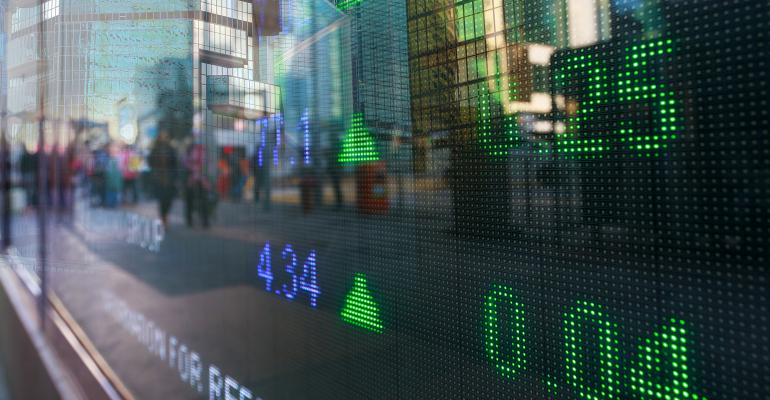There was $6.99 trillion in U.S.-listed ETF assets at the end of October 2021, up from $5.47 trillion at year-end 2020, according to CFRA data. (Editor's Note: Assets in exchange-traded products hit the $7 trillion mark on Nov. 1, according to Bloomberg.) With a slight climb in the S&P 500 Index, we will see a second trillion milestone hit this year as the stocks inside SPDR S&P 500 ETF (SPY) and peer large-cap equity ETFs rise in value. Indeed, the combination of strong equity market returns and $726 billion of positive net ETF flows year to date through October has driven total assets to reach new highs. Equity ETFs gathered 76% of the new money so far in 2021, slightly lower than the asset category’s 80% share of the market, as fixed income ETFs punched above their weight with 23% and took some of the share typically held by commodities funds, which were out of favor. As investors become more comfortable using ETFs for strategic and tactical purposes, fixed income ETFs are likely to be utilized further to support asset allocation and cash management needs for retail and institutional investors.
Figure 1: Asset Category Share of ETF Market (%)

CFRA ETF data. As of October 29, 2021.
There are seven ETFs with more than $100 billion in assets and 129 with more than $10 billion. With $417 billion in assets, State Street Global Advisors’ SPY remains the industry heavyweight, but Vanguard has three equity products with over $100 billion in assets each, led by Vanguard Total Stock Market ETF (VTI). Two iShares ETFs and one Invesco ETF comprise the remainder of the septet. However, iShares has the most ETFs with more than $10 billion in assets—55—followed by Vanguard (35), State Street Global Advisors (19) and Charles Schwab (9). While U.S.-equity iShares Core S&P 500 ETF (IVV) is the firm’s largest offering, demand has been strong for its international-equity-focused iShares Core MSCI Emerging Markets ETF (IEMG) and its fixed income iShares Core Total USD Bond Market ETF (IUSB) in 2021.
Figure 2: Firms With $10 billion-plus ETFs (%)
CFRA ETF data. As of October 29, 2021
October was another strong month of ETF demand. While much of the attention of the past month focused on the first bitcoin-focused ETF, ProShares Bitcoin Strategy ETF (BITO), and its ability to gather $1.3 billion in assets, the industry pulled in a strong $77 billion of new money in the past month. Asset allocation products like IVV and VTI continued to gather new money, but more tactically focused ETFs were also in demand: notably, KraneShares CSI China Internet ETF (KWEB). Despite being down 38% year to date, investors poured money into this fund, which is concentrated in Alibaba, JD.com and Tencent Holdings. CFRA believes KWEB’s risk-reward combination is unappealing relative to other international-equity ETFs based in part because of its ETF holdings.
Conclusion
There has been record demand for ETFs in 2021 as investors have gravitated to equity and fixed income products, which provide diversification benefits, ease of use, low expense ratios, and tax efficiency relative to mutual funds or individual securities. We could see more than $900 billion of net inflows in 2021, which would nearly double the prior record set in 2020. For investors looking to sort through the growing universe of products, CFRA rates more than 2,100 ETFs, with a forward-looking focus on risk, reward and costs.
Todd Rosenbluth is the director of ETF and mutual fund research at CFRA. Learn more about CFRA's ETF research here.





